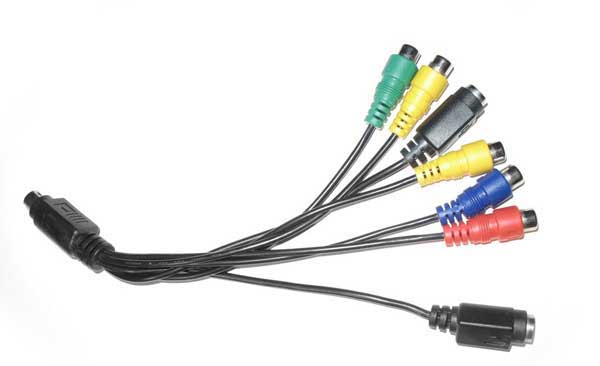
How do we make cross-cultural connections and show that the message of the Bible is just as relevant for us today, as for those people who lived over 4000 years ago?
It is possible to teach in such a way that our listeners can identify with, and care about, characters in the Bible. When we bring these people to life, we will help our group to recognise situations in their own lives where the principles of the Bible can be applied.
Though we are over 2100 years distant from the time of Christ, and probably 4000 years from Abraham, ancient timelines and far-off cultures need not be a barrier to our listeners making personal connections.
Two different approaches to looking into history
One year we visited two wonderful museums. One was the site of the remains of a Roman fort in Northern England, near Hadrian’s Wall. There, at Segedunum, North Shields, we saw the remains of the stony foundations of the soldiers’ barracks, the stables, grooms’ quarters, a granary and the central praetorium, or commander’s house.
Personal guide to the past
We were guided round the ancient ruins by means of a portable audio explanation, in which actors, taking the roles of Romans, addressed us and brought the whole scene to life. We were also fortunate to see a reconstructed bath house and a mock-up of a stable, so we got a glimpse of what everyday life was like in the barracks for the weary soldiers returning from patrol.
Ancient artefacts can still speak
In the main museum building were objects which the archaeologists had found on the site. Among them we saw pieces of cavalry tack and soldiers’ equipment, and also religious items, all attractively and informatively presented.
One very interesting room was entirely given over to medical instruments. The labels and information signs told us what operations they were used for and how various ailments were treated by the doctors.
It all made us think of our lives today, and we compared our situation with the Romans of 2,000 years ago. Somehow we felt connected with them.
Poor connections
Some months later we visited another eminent museum. It also housed Roman artefacts and some stunning medieval pieces, including exquisite jewellery. But this time, there was only a limited effort made to set the objects in context. There was no audio guide and the labels on the cases were not sufficient to satisfy our curiosity about what we were seeing.
Wonderful as the displays were, that second museum seemed to miss what the first one had given us – there was no sense of connection, or ability to identify with some of the items and the people behind them.
The Roman culture was very different from ours, yet the way the first museum had presented it prompted us to feel sympathy and affection for these people.
We can make the connection between our culture and Bible culture:
- If we ensure that our teaching is not only “a Bible story” (good as it is to convey a true narrative) but something more.
- That “something more” is when we explain the life-principles behind the narrative, not in a dry, legalistic way, but in a way that engages the interest of the group we’re speaking to.
- They will be engaged if we ask God to help us recognise situations and scenarios that our listeners are familiar with. As we use these in our lessons, we will help our group to connect the Bible principles with their own 21st century culture.
What else?
Apart from covering everything in prayer and trusting God to anoint our ministry with the power of the Holy Spirit, is there anything else you would suggest which would help us to put Scripture into today’s context, especially for the age group you work with?